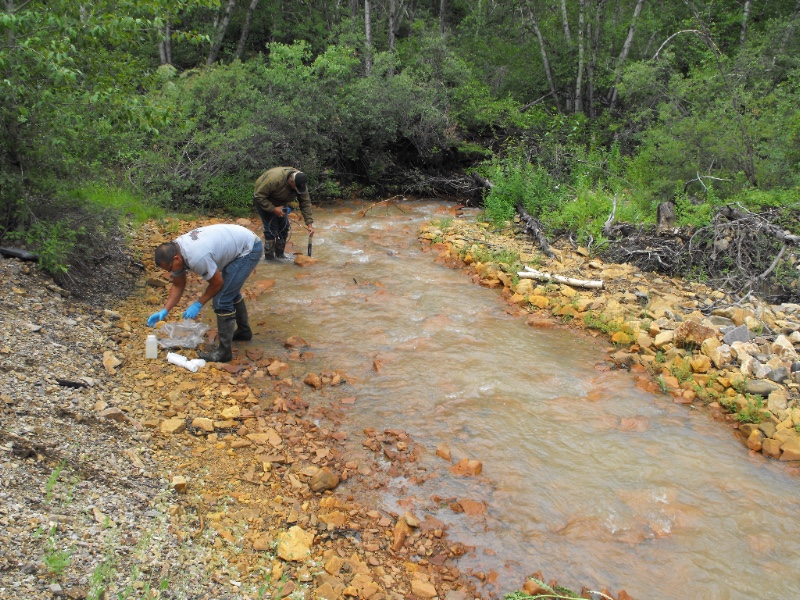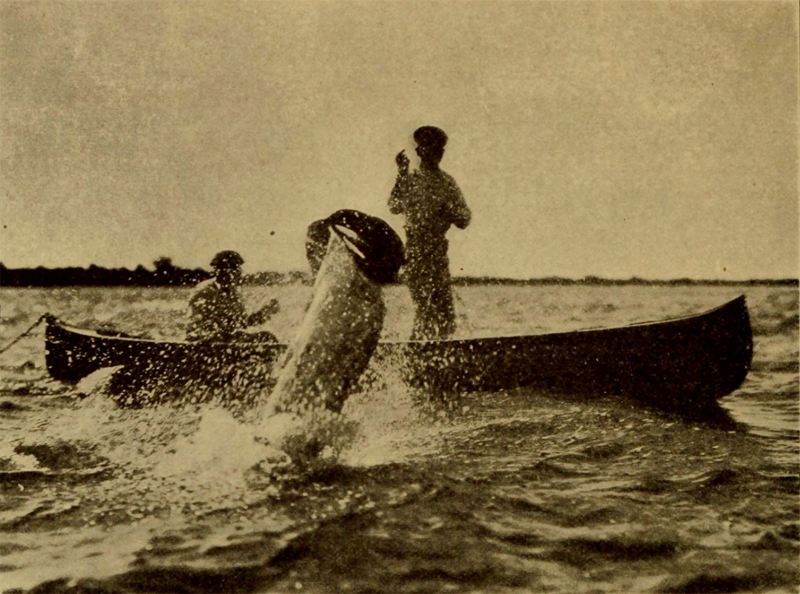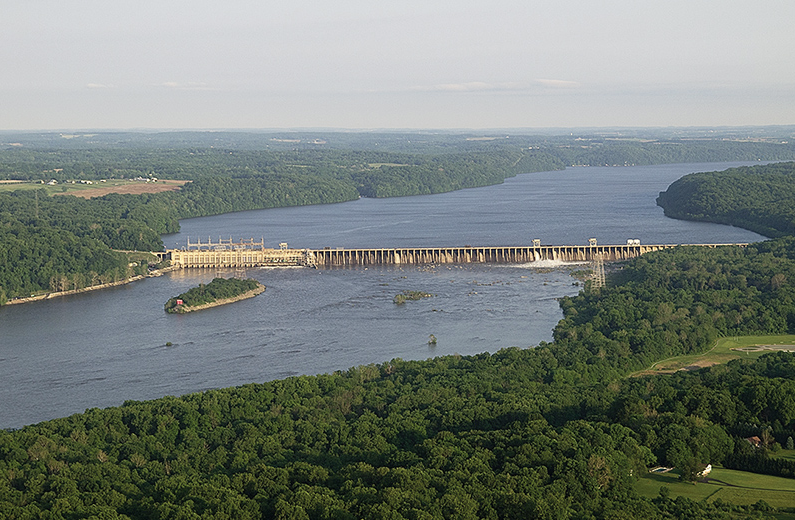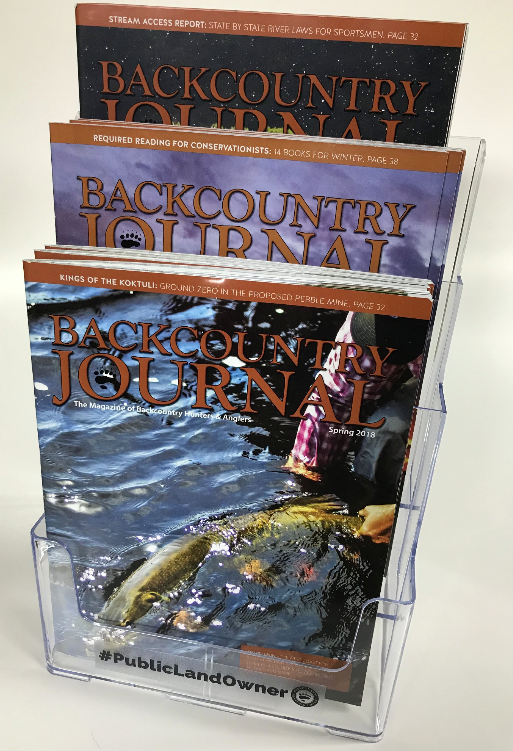
These professional guides won’t get arrested, but others who ask the South Florida Water Management District personal stuff – like in an email where their money goes, and you’re under arrest in the “Territory” of Florida for harassment – no sex required.
Water Management District must drop its shady crusade against citizens
STUART, Florida
Tyler Treadway / TCPalm-USA Network
Pity the poor South Florida Water Management District.
All the $758 million taxpayer-funded agency wants to do is serve the public. But sometimes the public can be so unreasonable.
We might, for instance, want to know how our tax money is spent.
Outraged at that audacity, the district is turning to intimidation as public policy.
How else can we describe the district’s threats to subpoena personal emails, letters and memos of citizens who dared — dared! — request information about a pivotal meeting that led to an out-of-court settlement with the billionaire owners of the controversial Lake Point rock quarry in western Martin County?
BHA Rendezvous ‘The Start of a Revolution’
7th annual BHA gathering draws public lands sportsmen and women from across North America
MISSOULA, Montana
Public lands sportsmen and women proved that their voices cannot be denied – and are getting louder – at Backcountry Hunters & Anglers’ 2018 North American Rendezvous, which drew thousands to Boise, Idaho, last weekend. Passion for the backcountry, commitment to public lands and waters and an electrifying atmosphere characterized the BHA annual gathering, where sportsmen leaders, innovative outdoors companies and grassroots hunters, anglers and others united in support of our outdoor opportunities and traditions.
Downtown Boise took on the feel of a very large and friendly hunting camp April 12-14 as BHA members and supporters attended seminars, participated in leadership trainings and reveled. Several thousand BHA supporters attended BHA’s brewfest, Beers, Bands and Public Lands, on Friday evening, and BHA’s first-ever Public Lands Filmfest, Wild Game Cookoff and Campfire Stories drew large, enthusiastic and appreciative crowds.

In this recent photo, tribal members monitor water pollution from the Zortman-Landusky Mine in South Big Horn Creek on the Fort Belknap Indian Reservation. (Photo courtesy of Fort Belknap Assiniboine and Gros Ventre Tribes)
Bad Actor declares bankruptcy, runs away from a toxic spill, petitions to mine again, then sues the State of Montana when they say no.
It’s not a rare event throughout the U. S. for mining companies to pollute and run – frackers included.
MISSOULA, Montana
Pegasus Gold, after declaring bankruptcy, left Montanans to clean up huge mining messes that have cost us tens of millions to treat, continue to spoil our waters today (see above), and will require expensive treatment forever. Now, a former Pegasus executive, Phillips Baker, wants to mine in Montana again, this time as CEO of Hecla Mining.
Montana’s got a law for that.
It’s called the “Bad Actor” statute, and it requires polluters to clean up past contamination and pay back the state (plus interest and penalties) before they can profit from Montana’s riches again.

Signs of protest against cuts to national monuments in Utah.
KristineL761/CC Flickr
Public doesn’t mean protected
Less oversight of mining and drilling will leave federally managed land vulnerable.
by Michael Dax / Writers on the Range / High Country News
PAONIA, Colorado
At a recent Senate hearing, Oregon Democratic Sen. Ron Wyden asked Interior Secretary Ryan Zinke whether Teddy Roosevelt, whom Zinke claims as his mentor, would support the elimination of the Land and Water Conservation Fund, a 50-year-old account used to support the protection of land and water across the country. Zinke answered, “I challenge you to give me one square inch of land that has been removed from federal protection.”
This incongruous response from Secretary Zinke, likely intended to appease public-lands advocates, failed to acknowledge the more complicated reality that the pro-public-lands movement is facing today. When the Interior Department excised millions of acres from Bears Ears and Grand Staircase-Escalante national monuments in Utah last year, that land remained under the control of the Bureau of Land Management. Now, however, it receives much less protection from activities like hardrock mining and oil and gas drilling.

“ . . . The time they struck, regardless of the risk of their breaking loose. We smashed five heavy tarpon rods, broke several lines that would each sustain over sixty pounds and broke or straightened at least a dozen tarpon hooks. We held the canoe fromw hich we fished as near the tarpon as possible, and as soon as he seemed tired pulled it beside him and took the hook from his mouth . . . Charlotte Harbor, Florida – 1880 by an angler more modern than many today – he released the fish in the water. . . .” A public domain image.
Florida Everglades:
BTT supports the reservoir plan and calls on Congress to authorize and fully fund it as part of the 2018 Water Resources Development Act
Jim McDuffie / Bonefish & Tarpon Trust
CORAL GABLES, Florida
As the spring tarpon migration begins, we’re reminded of how important the natural flow of clean freshwater through the Everglades is to the health of our tarpon fishery. The backwaters of the Everglades serve as a nursery for juvenile tarpon, while adult tarpon rely on the Everglades for prey to refuel from migrations as well as for shelter in the backcountry from predators.
Thanks to your support and advocacy, we’ve made progress in our efforts to establish a new reservoir in the EAA to store, treat and convey clean water south of Lake Okeechobee. Last month, Florida’s Department of Environmental Protection signed off on the final order approving the South Florida Water Management District’s plan, adding important measures to help ensure that water quality standards will be met in the future.
As a member of the NoworNeverglades Coalition, BTT supports the reservoir plan and calls on Congress to authorize and fully fund it as part of the 2018 Water Resources Development Act. We are mindful that the plan may need further modifications in the future to increase capacity for water treatment and maximize benefits, but as the next step in Everglades restoration, it represents an important foothold in the landscape south of Lake Okeechobee—and one that can be further built out and enhanced as circumstances warrant.

Choosing the right tippet material for the correct application will result in the best casting and fishing performance. This detailed film breaks down the various RIO tippet materials on the market and explains when to use which one.
Want to know how we ensure that any leader and tippet material with the RIO brand on is the very best available?

The rationale for the shared plan is that all jurisdictions initially benefited from the reservoir’s past pollution-trapping capacity. Dave Harp photo.
States to collaborate on implementation plan for Conowingo
Dam’s owner, Exelon, will likely be called upon to provide some of the funds for meeting pollution reduction goals.
By Karl Blankenship / Bay Journal
For years, the 94-foot-high Conowingo Dam was considered a “time bomb” looming over Chesapeake Bay cleanup efforts, as it would begin spilling more water-fouling nutrients downstream when its 14-mile-long reservoir stopped trapping pollution.
But that was always considered a problem for the future. So, the challenge of defusing the “bomb,” located on the Susquehanna River in Maryland just 10 miles from the Chesapeake, was punted to the future as well.


